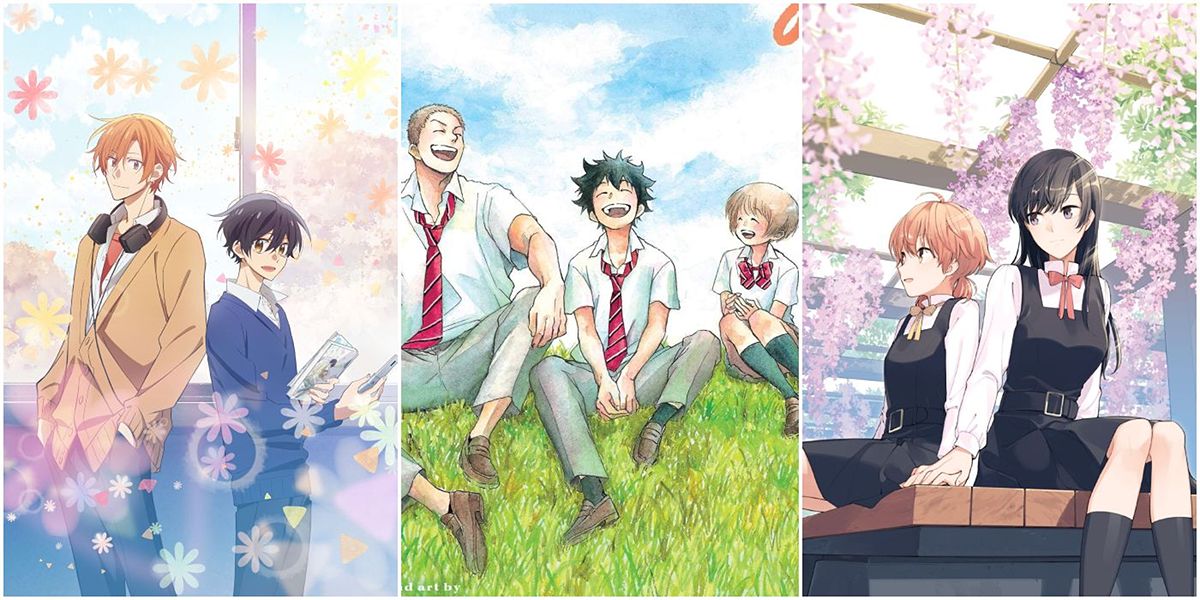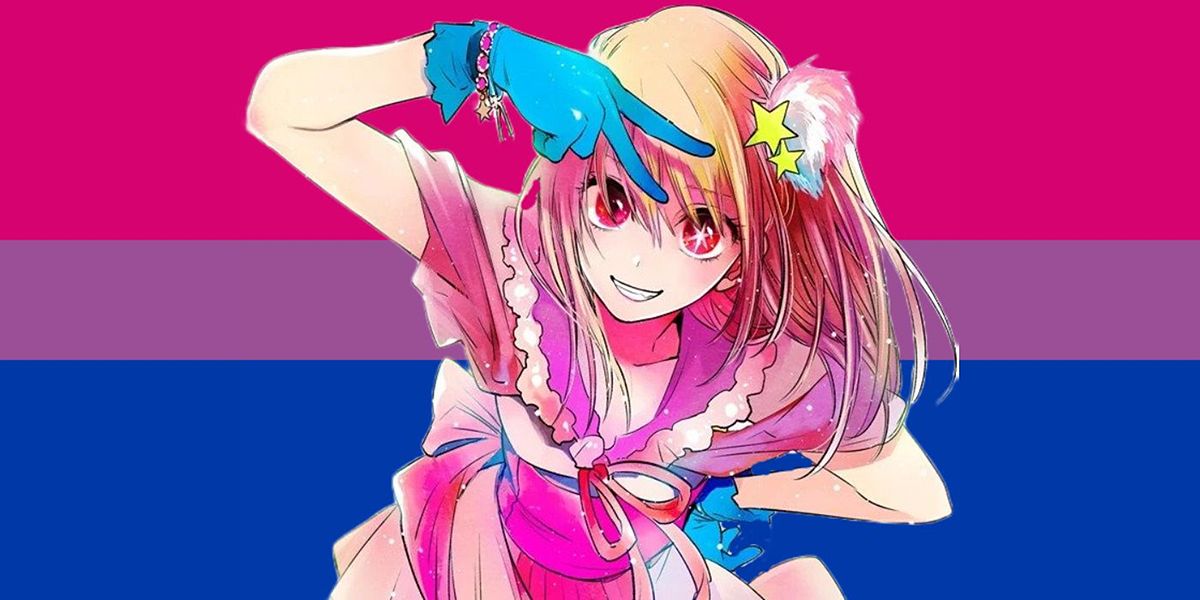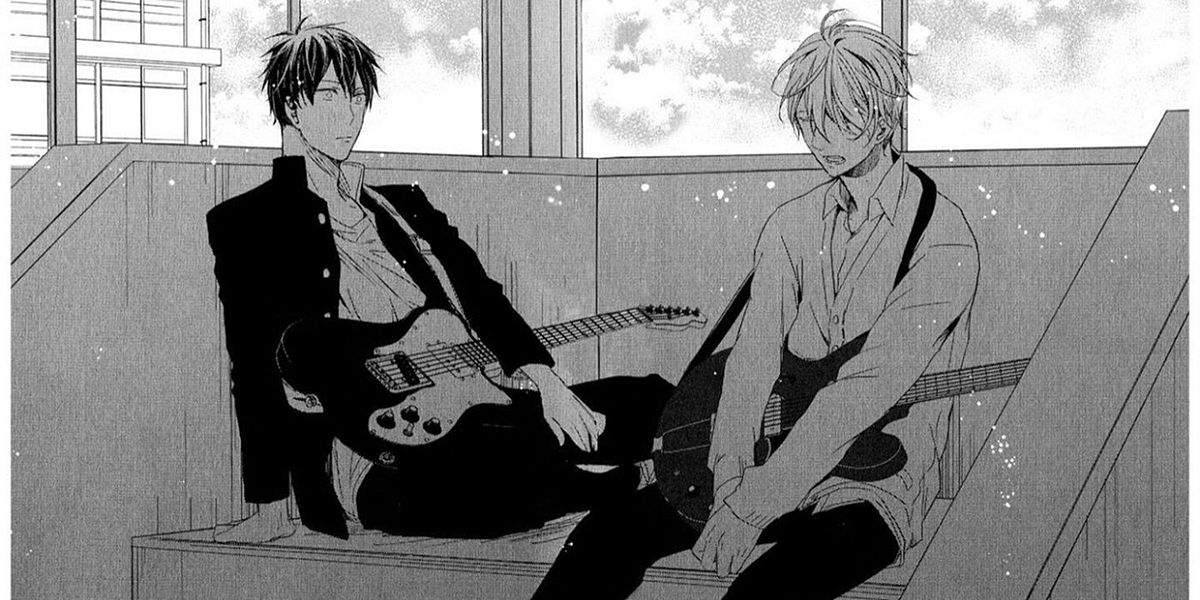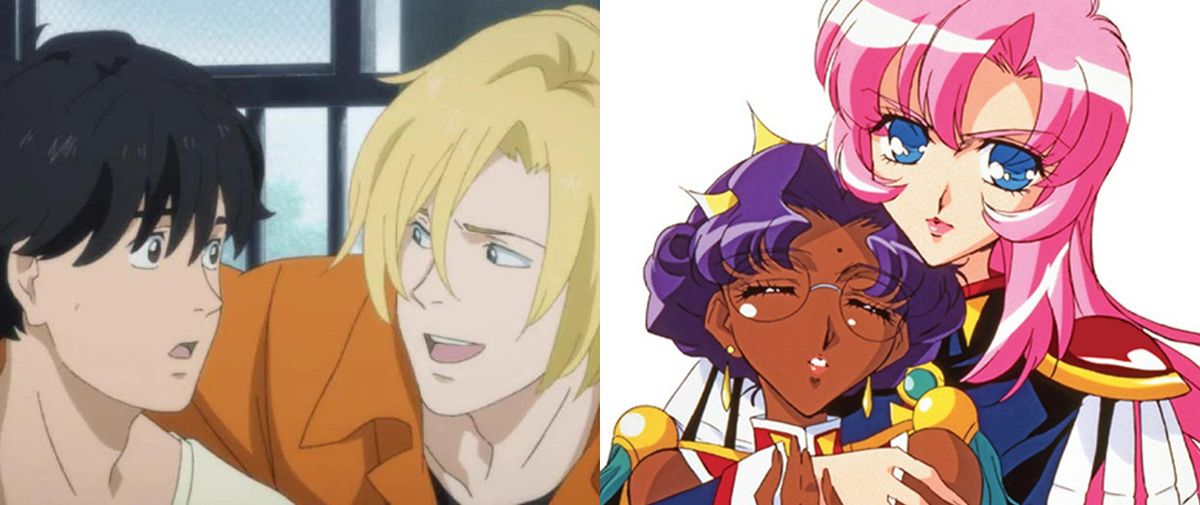Exploring the Best LGBTQ+ Manga for Authentic Representation

Discover the best LGBTQ+ manga that offer genuine representation and explore themes of love, identity, and acceptance. From heartwarming stories of family support to nuanced portrayals of self-discovery, these manga provide guidance and empathy for queer individuals.
Exploring LGBTQ+ Manga for Authentic Representation
Finding well-written queer representation in manga can sometimes be a challenge. However, there are exceptional titles that go beyond stereotypes and offer realistic portrayals of LGBTQ+ characters. These stories delve into the experiences and struggles faced by queer individuals, providing guidance, empathy, and impactful narratives. From autobiographical works to tales of love, identity, and acceptance, here are some of the best LGBTQ+ manga that offer genuine representation.

( Credit to: Screenrant )
Heartwarming Representation: “I Think Our Son Is Gay” by Okura
“I Think Our Son Is Gay” is a heartwarming manga that follows the story of Hiroki, a teenage boy exploring his identity, and his supportive mother, Tomoko. Hiroki struggles to reveal his sexuality to his mother, who patiently waits for him to be ready for the conversation. This wholesome manga emphasizes the importance of understanding and acceptance within a family dynamic.

( Credit to: Screenrant )
Autobiographical Journey: “The Bride Was a Boy” by Chii
Chii’s autobiographical manga, “The Bride Was a Boy,” chronicles her journey of self-discovery and transition as a transgender woman. This memoir offers guidance and empathy to readers going through similar experiences. Chii’s story highlights the challenges of gender dysphoria and the importance of finding love and support during the transition process.

( Credit to: Screenrant )
Innocent Romance: “Whisper Me a Love Song” by Eku Takeshima
“Whisper Me a Love Song” explores the themes of love and identity through the lives of Yori Asanagi and Himari Kino. Yori, inexperienced in love, grapples with her own feelings when Himari confesses to her. This manga stands out for its innocent and wholesome depiction of romance, focusing on genuine emotions and communication.

( Credit to: Screenrant )
Personal Memoir: “My Lesbian Experience with Loneliness” by Kabi Nagata
Kabi Nagata’s deeply personal memoir, “My Lesbian Experience with Loneliness,” delves into her struggles with an eating disorder, dropping out of university, and familial pressures. Despite the challenges, Nagata tells her story in a relatable and optimistic manner, allowing readers to empathize with her experiences of sexuality, identity, and mental health.

( Credit to: Screenrant )
Sweet Relationship: “Sasaki and Miyano” by Shō Harusono
“Sasaki and Miyano” revolves around Yoshikazu Miyano, a shy boy who loves boys-love manga, and Shuumei Sasaki, who saves Miyano and gains his admiration. As their shared passion develops into a sweet and heartwarming relationship, this manga offers a simple yet enjoyable experience for readers.

( Credit to: Screenrant )
Same-Sex Romance: “Given” by Natsuki Kizu
Natsuki Kizu’s “Given” is a beautiful story of same-sex romance intertwined with themes of identity, growth, and mental health. The manga follows a group of boys forming a band and navigating personal relationships. The nuanced characterization and mature handling of sensitive topics make “Given” a memorable and impactful read.

( Credit to: Screenrant )
Exploration of First Love: “Bloom into You” by Nio Nakatani
“Bloom into You” tells the touching story of Yuu Koito and Touko Nanami as they explore their feelings and come to terms with their identities. This manga explores the complexities of first love, self-discovery, and communication. The realistic and nuanced portrayal of the characters’ growth makes it a compelling LGBTQ+ manga.
Complex Relationships: “Blue Flag” by Kaito
“Blue Flag” explores the intricate bonds between three classmates, Taichi Ichinose, Touma Mita, and Futaba Kuze. As they navigate love, friendship, and confusing emotions, Taichi discovers his romantic feelings for both Touma and Futaba, prompting him to explore his own identity. This manga captures the complexities of relationships and self-discovery.
Transgender Representation: “Boys Run the Riot” by Keito Gaku
“Boys Run the Riot” stands as a notable example of transgender representation in manga. The story revolves around Ryou Watari, a transgender boy struggling with his identity. When he meets Jin Satou, who accepts him for who he is, Watari’s life takes a positive turn. This manga realistically depicts the challenges faced by transgender and non-binary individuals.
Exploration of Queer Issues: “Our Dreams at Dusk: Shimanami Tasogare” by Yuhki Kamatani
“Our Dreams at Dusk” portrays a group of individuals coming together in a picturesque town to share their struggles with identity and societal perceptions. Yuhki Kamatani’s manga realistically depicts the experiences and treatment of queer individuals in Japan. It offers a heartfelt exploration of queer issues and the importance of community support.
Conclusion: Authentic Representation in LGBTQ+ Manga
From heartfelt autobiographical tales to nuanced explorations of love, identity, and acceptance, these LGBTQ+ manga titles provide authentic representation and tackle important issues faced by queer individuals. By avoiding stereotypes and presenting relatable experiences, these manga offer guidance, empathy, and meaningful narratives for readers of all backgrounds.




